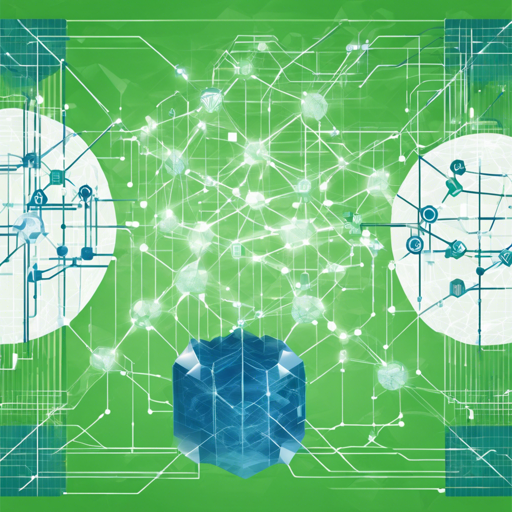The rise of climate change challenges has necessitated innovative solutions, and the Blockchain Carbon Accounting project provides a robust framework for addressing these challenges. This guide will walk you through how to leverage this web3 blockchain technology to effectively track and manage carbon emissions.
Key Features of Blockchain Carbon Accounting
- Data Management: Store energy use, renewable energy production, and carbon projects in a permissioned data ledger.
- Tokenization: Create tokenized forms of emissions audits, carbon credits, and energy attribute certificates.
- Validation: Utilize a Distributed Autonomous Organization (DAO) to validate various climate projects through community voting.
Getting Started with Blockchain Carbon Accounting
You can implement various use cases with the Blockchain Carbon Accounting framework. From developing carbon emissions reduction projects to calculating emissions for individuals and companies, the possibilities are extensive. Here’s how you can get started:
1. Explore the Code Components
The project is divided into several key components:
- lib: Common library of code.
- fabric: Emissions Data Channel.
- hardhat: Net Emissions Token Network and Climate DAO.
- app: Applications including a React user interface and supply chain calculations.
- open-offsets-directory: Voluntary Carbon Offsets Directory.
- secure-identities: Supports signing transactions.
- supply-chain: Supply Chain Decarbonization resources.
- data: Data setup for applications.
2. Try the Demo
To experience the project firsthand, visit the emissions test demo, or set it up personally by following the Getting Started guide.
3. Consult Additional Resources
For deeper dives, browse the following resources:
- User Guide
- Open Source Carbon Accounting video
- Hyperledger Carbon Accounting and Neutrality Working Group
- Setup Guide
Understanding the Code: An Analogy
Imagine you are an architect building a house (your blockchain project). You need different sections to create a complete structure—each area has a specific purpose:
- lib: The foundation—common codes that support the entire building.
- fabric: The walls—holding the structure together and facilitating data transfer.
- hardhat: The roof—ensuring everything is covered, securing emissions networks and communities.
- app: The interior design—making the house useful and pleasant for the occupants.
- open-offsets-directory: The yard—an area for voluntary activities that enhance overall utility.
- secure-identities: The security system—keeping everything safe and ensuring integrity.
- supply-chain: The infrastructure—connecting the house to the wider community.
- data: The resources—ensuring you have what you need to keep the house functional.
Troubleshooting
If you encounter issues, here’s a checklist to help troubleshoot:
- Ensure all code dependencies are correctly installed.
- Confirm that your environment is properly configured.
- Check logs for error messages; they often provide clues to the solution.
- Utilize community resources and forums to seek additional help.
For more insights, updates, or to collaborate on AI development projects, stay connected with fxis.ai.
Contributing to the Project
Your involvement can help enhance this impactful initiative! Check out the How to Contribute guide for ways to engage.
At fxis.ai, we believe that such advancements are crucial for the future of AI, as they enable more comprehensive and effective solutions. Our team is continually exploring new methodologies to push the envelope in artificial intelligence, ensuring that our clients benefit from the latest technological innovations.

